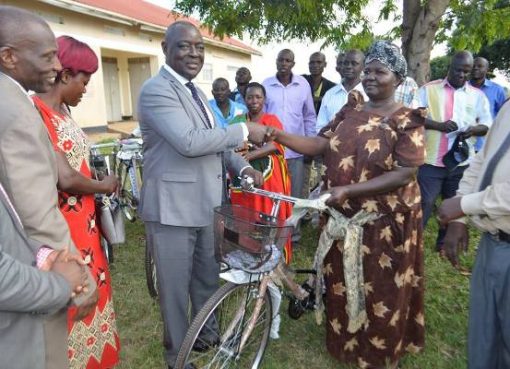A section of farmers in Luuka district has resolved to clear sugarcane plantations to create land for cocoa growing.
A kilogram of cocoa costs between 4,000-7,000 Shillings and since farmers harvest fruits all year long, they can ably have steady incomes to cater to all their essential needs.
The farmers note that, unlike the bureaucratic system of selling sugarcane, which involves powerful middlemen to procure sale permits at the expense of smallholder farmers, cocoa exporters directly purchase the fruits from the farmers, hence enabling them to individually negotiate for competitive prices.
The farmers argue that cocoa plants are resistant to pests and diseases, which relieves the farmers of the excess funds spent on procuring pesticides and hiring extension workers.
Sumin Naigaga, a resident of Mawembe village says that cocoa is less time-consuming during the planting process, hence allowing farmers to spend their surplus time on other income-generating activities.
“Farmers only weed twice during the first nine months after planting, which provides them with surplus time to engage in other equally income-generating activities,” she says.
Karim Isabirye, a resident of Naigobya says that he had spent 20 years in sugarcane growing, but efforts to better his livelihood were frustrated due to unstable prices and manipulation by middlemen.
Isabirye stresses that, since cocoa allows farmers to intercrop with food crops, it enables them to earn sustainable incomes and daily food supplies throughout the seasons.
Yakub Kibowa, a resident of Kasozi village says that the current fuel prices have since contributed to the skyrocketing truck hiring prices and small acreage farmers, cannot effectively transport their sugarcane to the neighboring factories after harvest.
Kibowa stresses that he plans to intercrop coffee with cocoa, so as to boost his annual income.
Sugarcane is a consortium of several activities ranging from planting, harvesting, and transportation, which attracts agriculture extension workers and casual laborers alike, to boost the farmers’ efforts throughout the production chain.
It is estimated that 62% of the homesteads in Luuka district either directly or indirectly derive their livelihoods from sugarcane plantations.
–URN




